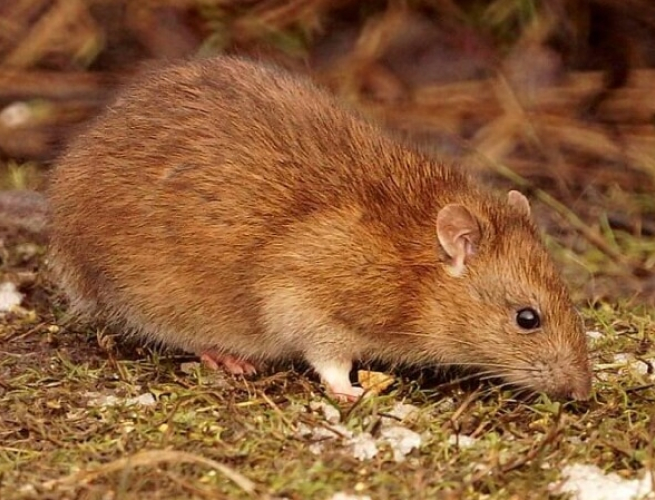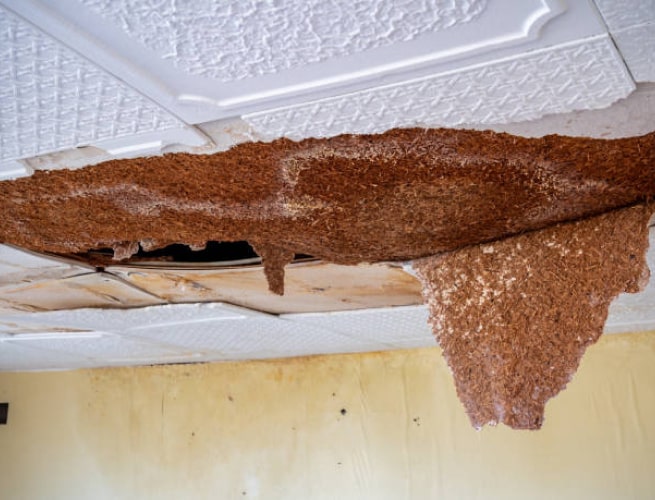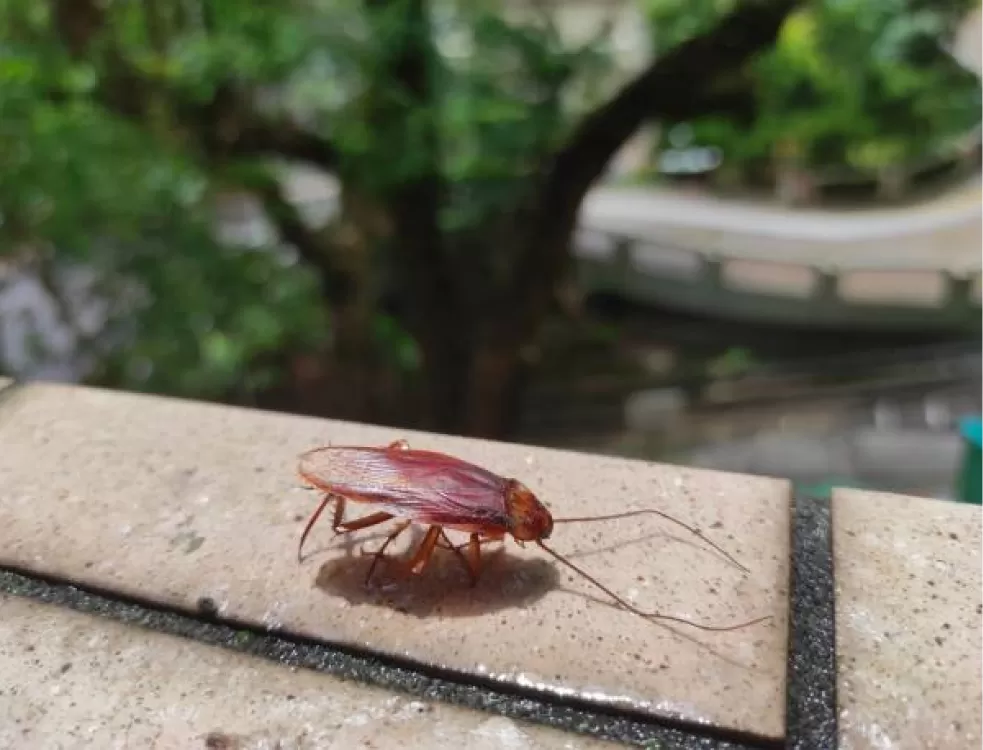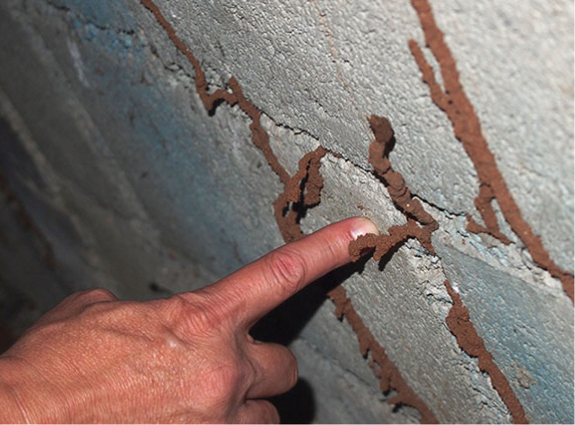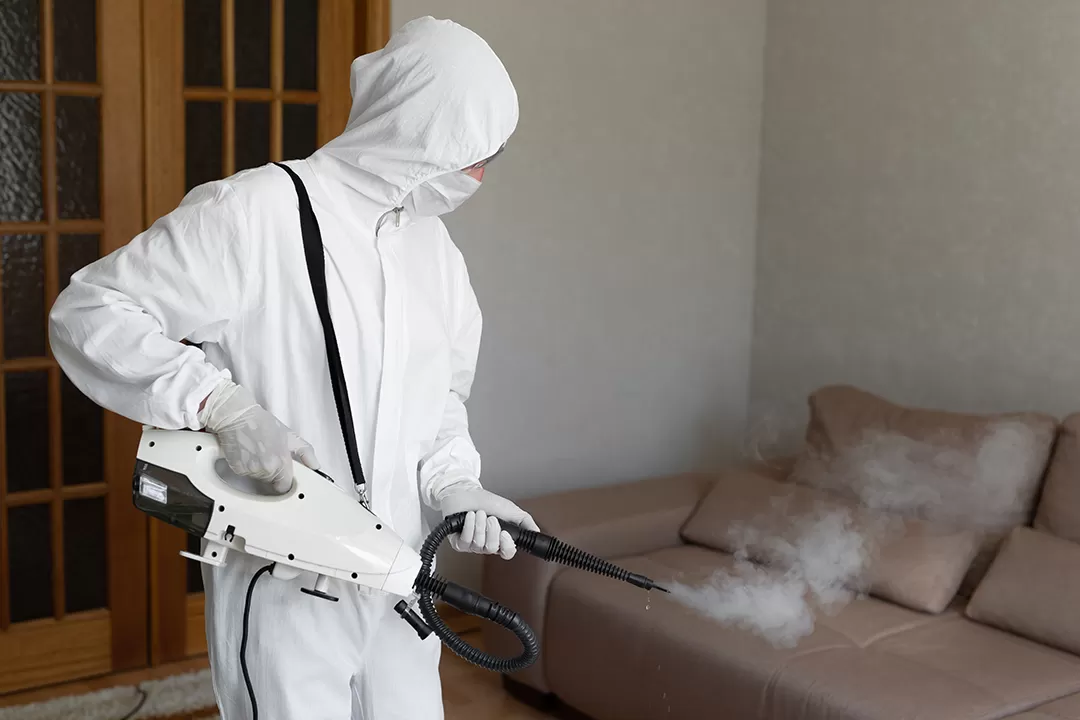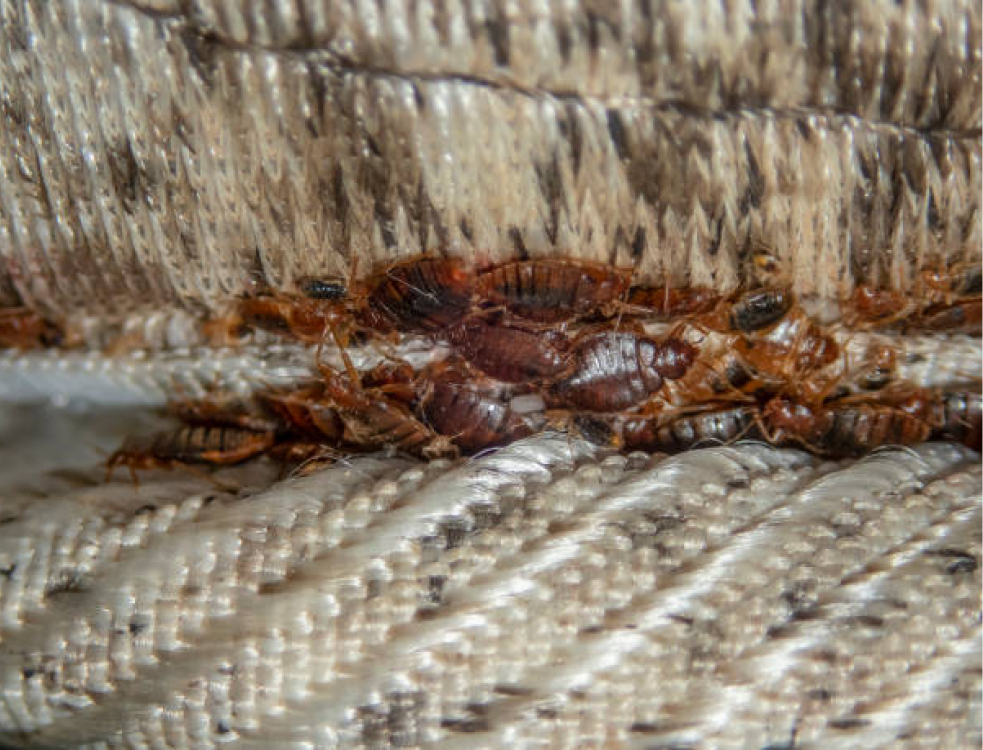High-rise buildings, with their dense populations and complex infrastructures, present unique challenges for pest management. These structures are attractive to various pests, including rodents, insects, and birds, due to the ample food sources, shelter, and warmth they provide. Effective pest management in high-rise buildings requires a comprehensive understanding of the challenges and the implementation of integrated solutions.
Challenges
1. Structural Complexity
High-rise buildings have intricate designs with numerous entry points, utility lines, and interconnected units, making it difficult to identify and seal all potential pest entry points. Pests like ants can travel through walls, ceilings, and floors, exploiting tiny gaps and cracks.
2. Human Density and Behavior
The high density of occupants increases the likelihood of food waste, clutter, and moisture accumulation, creating favorable conditions for pests. Additionally, individual tenant behaviors, such as improper food storage or lack of cleanliness, can exacerbate pest problems.
3. Shared Spaces and Amenities
Common areas such as garbage chutes, laundry rooms, and recreation areas are prone to pest infestations due to the constant movement of people and the availability of food and water sources. These areas can serve as hubs for pest activity, allowing pests to spread throughout the building.
4. Limited Access for Pest Control
Pest control efforts can be hindered by restricted access to certain areas, such as individual apartments, maintenance rooms, and utility shafts. Tenants may be reluctant to allow pest control personnel into their units, and some areas may be challenging to reach without specialized equipment.
5. Environmental Factors
High-rise buildings in urban areas face additional challenges from the surrounding environment. Nearby construction sites, parks, and water bodies can attract pests, increasing the likelihood of infestations. Urban wildlife, such as pigeons and rats, can also be a persistent problem.
Solutions
1. Integrated Pest Management (IPM)
Integrated Pest Management (IPM) is a holistic approach that combines multiple strategies to manage pests effectively and sustainably. This approach focuses on prevention, monitoring, and control, minimizing the use of chemical pesticides.
a. Prevention
Preventative measures are crucial in high-rise buildings. Sealing entry points, installing door sweeps, and maintaining proper sanitation can reduce the chances of pests entering and thriving.
- Sealing Entry Points: Regular inspections should be conducted to identify and seal cracks, gaps, and holes in walls, floors, and ceilings. Special attention should be paid to areas around utility lines and pipes.
- Proper Sanitation: Encouraging tenants to dispose of garbage properly, store food in sealed containers, and maintain cleanliness in their units can significantly reduce pest attractants.
b. Monitoring
Regular monitoring helps detect early signs of pest activity, allowing for timely interventions.
- Inspection: Routine inspections of common areas, utility rooms, and individual units can help identify potential pest problems before they become severe.
- Surveillance Tools: Using traps, sensors, and cameras in strategic locations can provide valuable data on pest activity and hotspots.
c. Control
When pests are detected, appropriate control measures should be implemented promptly.
- Biological Controls: Introducing natural predators or parasites can help manage pest populations without relying on chemical pesticides. For example, using beneficial insects to control aphid infestations.
- Mechanical Controls: Physical methods such as traps, barriers, and vacuuming can effectively reduce pest populations.
- Chemical Controls: When necessary, targeted use of pesticides should be employed, following safety guidelines and minimizing exposure to humans and pets.
2. Collaboration and Communication
Effective pest management in high-rise buildings requires collaboration among tenants, property management, and pest control professionals.
a. Tenant Education
Educating tenants about pest prevention and control can foster cooperation and reduce behaviors that contribute to infestations.
- Workshops and Seminars: Hosting educational sessions on topics such as food storage, waste disposal, and cleanliness can raise awareness and encourage proactive measures.
- Informational Materials: Distributing pamphlets, newsletters, and online resources can provide tenants with practical tips and guidelines for preventing pest problems.
b. Property Management
Property managers play a crucial role in implementing and maintaining pest control measures.
- Regular Maintenance: Ensuring that building maintenance is up to date, including repairs to structural issues and plumbing leaks, can prevent pest entry and harborage.
- Policy Enforcement: Establishing and enforcing policies related to cleanliness, waste disposal, and pest control can help maintain a pest-free environment.
c. Professional Pest Control Services
Partnering with experienced pest control companies can provide expertise and resources for managing pest issues effectively.
- Regular Inspections and Treatments: Scheduling routine inspections and treatments can help prevent infestations and address any emerging problems promptly.
- Emergency Response: Having a plan in place for rapid response to pest outbreaks can minimize the impact on tenants and property.
3. Technological Innovations
Advancements in technology offer new tools and methods for managing pest issues in high-rise buildings.
a. Digital Monitoring Systems
Digital monitoring systems, such as sensors and smart traps, can provide real-time data on pest activity, allowing for timely interventions and reducing the need for chemical treatments.
- Remote Monitoring: Using wireless sensors and cameras in critical areas can alert property management to pest activity, enabling quick action.
- Data Analysis: Analyzing data from digital monitoring systems can help identify trends and patterns, guiding targeted pest control efforts.
b. Eco-Friendly Pest Control Solutions
Environmentally friendly pest control methods, such as biological control agents and organic pesticides, offer sustainable alternatives to traditional chemical treatments.
- Biopesticides: Using natural substances derived from plants, bacteria, and fungi can effectively control pests while minimizing environmental impact.
- Integrated Solutions: Combining eco-friendly methods with traditional pest control techniques can enhance effectiveness and reduce reliance on chemicals.
4. Structural Modifications
In some cases, structural modifications may be necessary to prevent and manage pest issues in high-rise buildings.
a. Pest-Proofing
Designing and retrofitting buildings with pest-proofing features can reduce the risk of infestations.
- Screening Vents and Openings: Installing screens on vents, windows, and other openings can prevent pests from entering the building.
- Rodent-Proof Construction: Using rodent-proof materials and construction techniques, such as concrete and steel, can deter rodents from gnawing and burrowing.
b. Landscaping and Exterior Maintenance
Proper landscaping and exterior maintenance can reduce the attractiveness of the building’s surroundings to pests.
- Vegetation Management: Keeping shrubs, trees, and grass well-trimmed and away from the building can prevent pests from using vegetation as a bridge to enter the structure.
- Waste Management: Ensuring that outdoor garbage bins are sealed and regularly emptied can reduce the availability of food for pests.
5. Legal and Regulatory Compliance
Adhering to local laws and regulations related to pest control is essential for ensuring the safety and well-being of tenants.
a. Licensing and Certification
Ensuring that pest control professionals are licensed and certified guarantees that they have the necessary training and expertise to manage pest issues safely and effectively. Following local regulations regarding the use of pesticides, traps, and other pest control methods is crucial for maintaining a safe environment.
b. Documentation and Reporting
Maintaining accurate records of pest control activities, inspections, and treatments can help track progress and ensure accountability.
- Record Keeping: Documenting pest sightings, treatment dates, and outcomes can provide valuable information for ongoing pest management efforts.
- Reporting Requirements: Complying with reporting requirements set by local authorities ensures transparency and adherence to legal standards.
Conclusion
Managing pest issues in high-rise buildings presents a complex set of challenges that require a multifaceted approach. By implementing Integrated Pest Management (IPM) strategies, fostering collaboration and communication, leveraging technological innovations, making necessary structural modifications, and adhering to legal and regulatory requirements, property managers and tenants can work together to create a pest-free living environment. Proactive and sustainable pest management practices not only enhance the quality of life for residents but also protect the integrity and value of the property.


